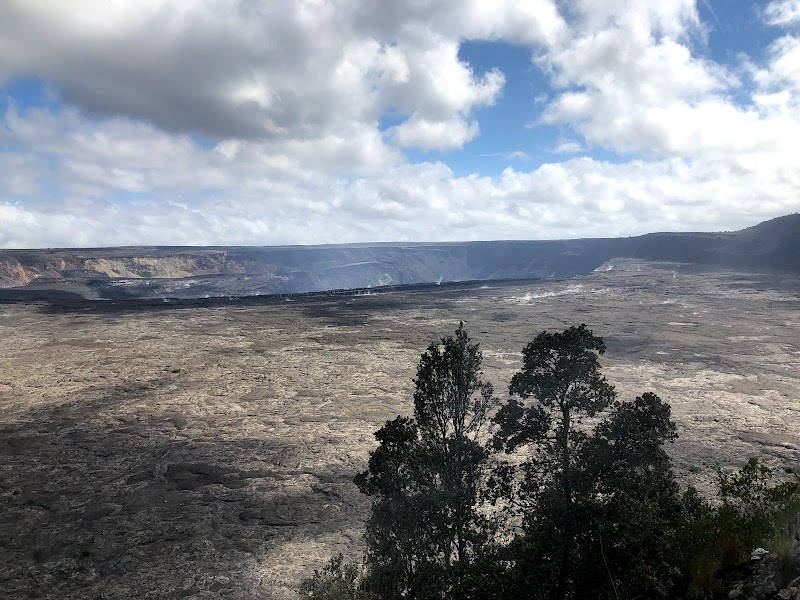Welcome to Hawaii Volcanoes National Park
Did you know that Hawaii Volcanoes National Park spans 333,000 acres from the summit of Maunaloa to the sea? This diverse landscape is akin to stepping into another world. Offering over 150 miles of hiking trails that wind through volcanic craters, scalded deserts, and rainforests, it's a haven for adventurers and nature lovers. Don't miss the park's museum, petroglyphs, and walk-in lava tube. Truly, it's a land of stark contrasts and surreal beauty, a place where every step can reveal a new marvel, akin to the wonders you'll find in the Canyonlands National Park.
Before embarking on your adventure, it's crucial to study the tourist map. It's more than just a navigational tool - it's your personal guide to this vast, ever-changing landscape. The map serves as your gateway to an unforgettable journey, helping you plan your days and ensure you don't miss any of the park's awe-inspiring wonders, much like when exploring the vast Crater Lake National Park.
Booking.comDiscover the Wonders of Hawaii Volcanoes National Park
When it comes to natural wonders and awe-inspiring landscapes, Hawaii Volcanoes National Park is a jewel shining brightly, offering a unique blend of vibrant ecosystems and geological wonders. This captivating destination is home to more than just volcanoes and lava tubes; it's a treasure trove of unique attractions waiting to be explored, similar to the rich tapestry of natural attractions you'll discover with an in-depth look at a tourist map of Honolulu.
[rest of the HTML content remains the same]
